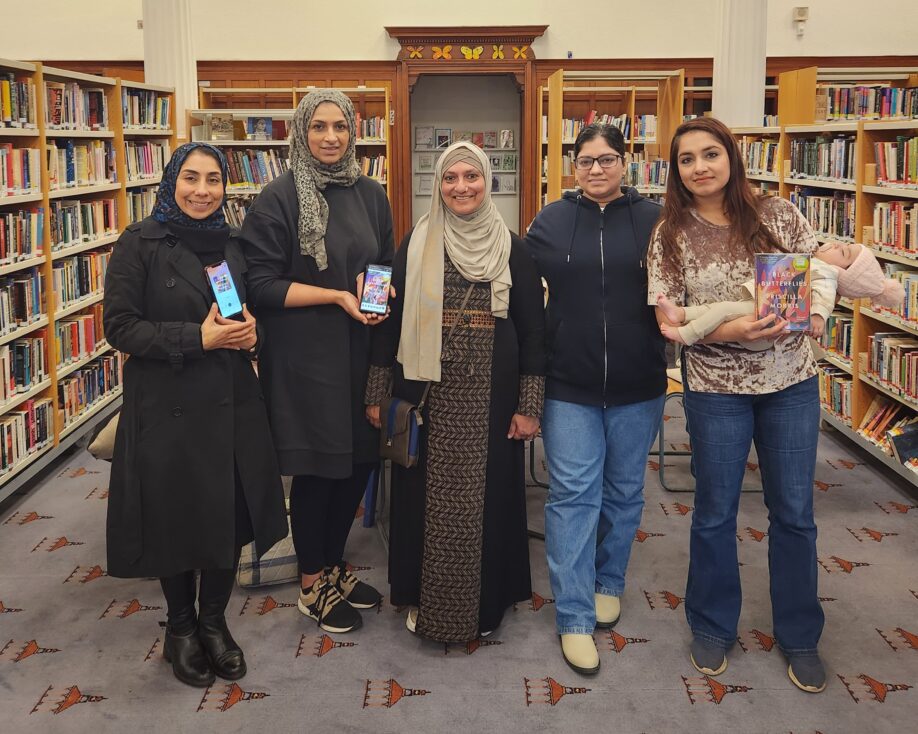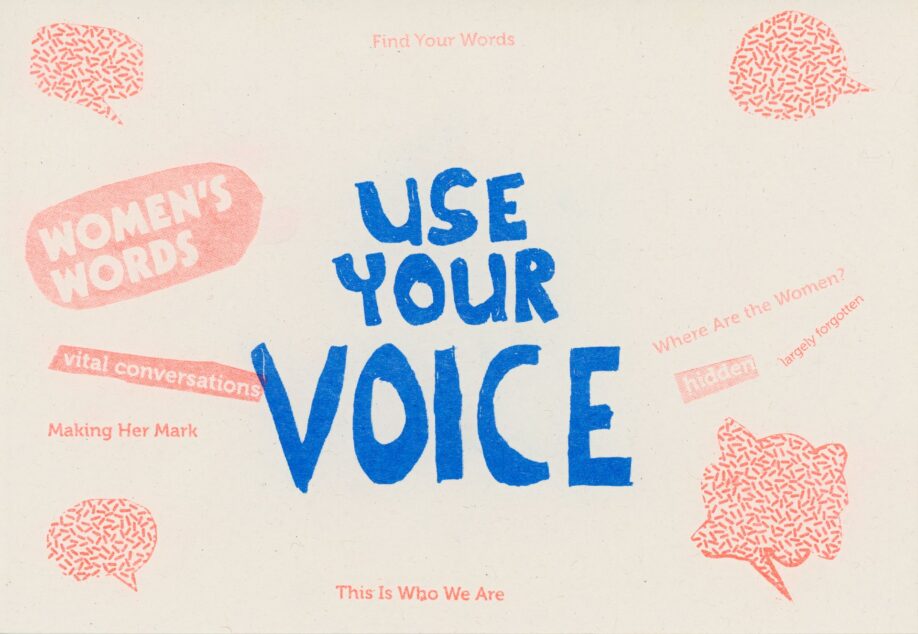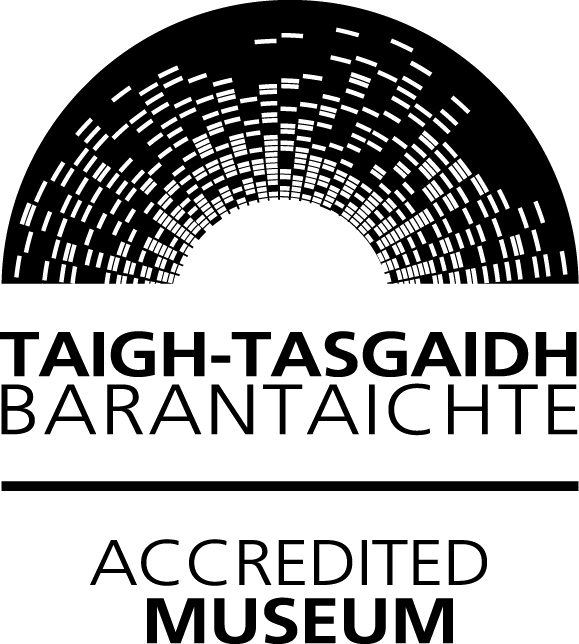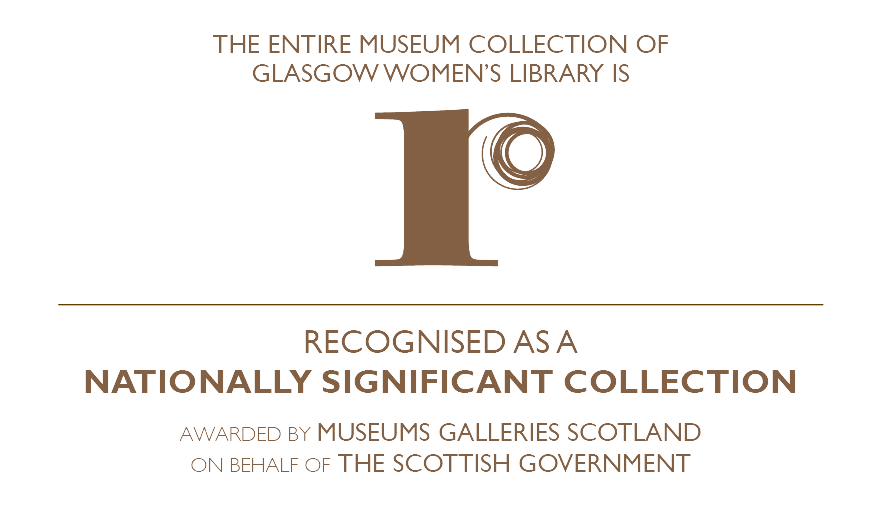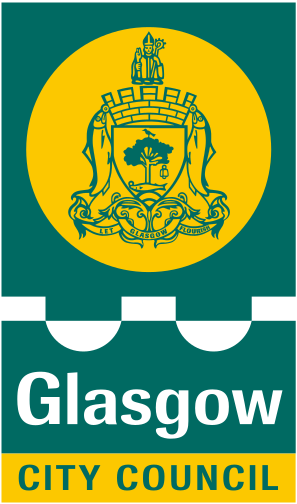Part of running the Library’s website involves keeping track of who visits the website and what they look at while they’re here. Over the last year, I’ve started using Google Analytics, a free service offered by Google that tracks all the real people who come to the site. It’s been incredibly useful, allowing me to see how people reach the site (mostly via Google :) as well as what they look at and how they use the website.
One of my favourite tools in Google Analytics is the Map Overview, which shows where in the world people are visiting the site from. Of course, most of our visitors are local, but every month I notice visitors from random parts of the globe. And looking at the statistics for the last year (from July 2008 to the end of last month), we’ve had visitors from over a hundred countries.
Helloooo, Medicine Hat!
The map allows me to zoom in on countries and see which cities and towns people visit from, and the results are sometimes unexpected. Cities like London, Paris, Berlin send more people, but if I look at the number of pages visited, we seem to have avid fans in Pudsey, Dinan, Rostock. In America, California and New York send the most visitors, but it’s visitors from North Carolina, West Virginia and Mississippi that stay longest. It’s not just western countries: We’ve had visitors from places as far afield as Azerbaijan and Burundi, while Turkey and India are both in the top ten countries by visitor numbers. Our northernmost visitor was from Akureyri in Iceland, our southernmost from Invercargill in New Zealand. (Medicine Hat is in Canada: just 1 visitor, but I couldn’t resist the name.)
What Google Analytics doesn’t tell us, of course, is who our visitors are. When women visit the Library, whether they’re Glaswegians popping in from down the road, or Aberdonians on a day trip, or Italian students new to the city, or the women from China, Pakistan, Ethiopia and so many other countries who have made Glasgow their home and come to the Library to learn English, we can take the time to speak to them and learn their stories. But on the website, people come and go without us really making contact. Who is the person (we can’t even say whether they’re women or men) who visited three times from Libreville in Gabon? What’s behind the flurry of visits in the past month from Denver, Colorado? Who are the 18 women (or men) in Iran who visited the website over the past year?
You know us, I hope: Who are you?


